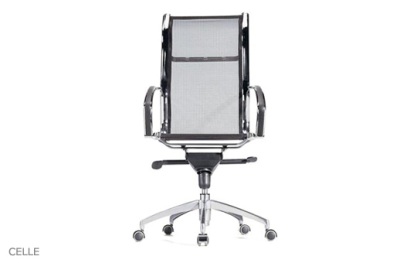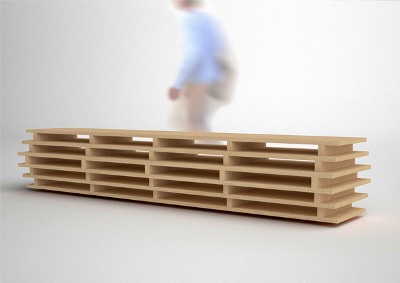Posted by: Mitchell H. Kirsch
Category: Interior Design
Two Office Interior Design Models that Multiply Innovation
Two of the world’s most renowned brands are revolutionizing office interior design – and you can take the lessons they learned in their offices and put them to use in yours, no matter how small your enterprise.
Let’s start with Leo Burnett, a global force in advertising. Their Sydney headquarters reflects the collaborative nature of agency work – by filling large spaces with natural light, Australian interior designers Hassell intended to create “thought provoking spaces [that] encourage the ‘generation of big ideas.’”
Hassell’s office interior design for Leo Burnett is filled with collaborative spaces; “kitchen tables” that become hubs for brainstorming, presentation rehearsals, or just chit-chat among trusted colleagues.
Speaking as a former advertising copywriter, it’s in these common, collaborative spaces where 90% of advertising agency work gets done – and I’m willing to bet dollars to doughnuts that a correlation exists between an advertising agency’s annual awards hauls and the presence of such collaborative spaces in the office interior design!
Moral of the story: Office interior design can help business performance – particularly in companies like ad agencies or software companies that put a premium on creativity and collaboration. A 2010 study by Gensler found “a strong correlation between good workplace design and business performance” – employees of more successful firms spend plenty of time collaborating and socializing compared to their less successful counterparts.
Such open office designs provide two key benefits. One – teams with more open workspaces are able to make decisions faster, as the ability to make crucial decisions are devolved to the ranks. Two – open-access workspaces support team building efforts, accelerating group cohesion and improving team effectiveness.
Gensler concludes, “providing opportunities and spaces for people to interact is important to creating the trust necessary for a collaborative working environment.”
Our second success study comes from Facebook, the social media powerhouse. Not surprisingly for a company that made their bones providing “ownership” of online spaces to distinct personalities, Facebook has allowed their employees the same free rein.
“Just as people make the space on the website their own, we’ve opted to do the same with our physical space,” writes Everett Katigbak. “We’ve left a lot of the walls white and the spaces unfinished to encourage employees to add the finishing touches.”
Facebook’s office interior design takes this to an extreme, with modular boxes of varying sizes and shapes that can be rearranged into new working spaces.
Moral of the story: In their paper Personalization in non-territorial Offices, Dutch researchers Sandra Brunia and Anca Hartjes-Gosselink find an innate human need to take control over their environment which drives the need to personalize one’s space. In fact, “when objects are prohibited to personalize your work environment, people seek several additional ways to make the environment familiar and comfortable for them and to mark their identity in the organization” (source)
On the other hand, companies like Facebook that implement office interior design options that favor flexibility – like offices with reconfigurable spaces for both individuals and teams – report upswings in productivity. As researchers like Brunia and Hartjes-Gosselink have found out, allowing customization in their environment can provide employees with a feeling of being valued, giving them more leeway to be more productive.
This need not be taken to an extreme – an ordinary company would not be able to personalize to the the level of Facebook, or create collaborative spaces like Burnett’s – but take these examples as something to strive toward, not something to actually accomplish.
For more on the link between productivity and office interior design, download our white paper: “Designing for Productivity: Key Factors in Building the Ideal Office Environment” (PDF, 210KB).



